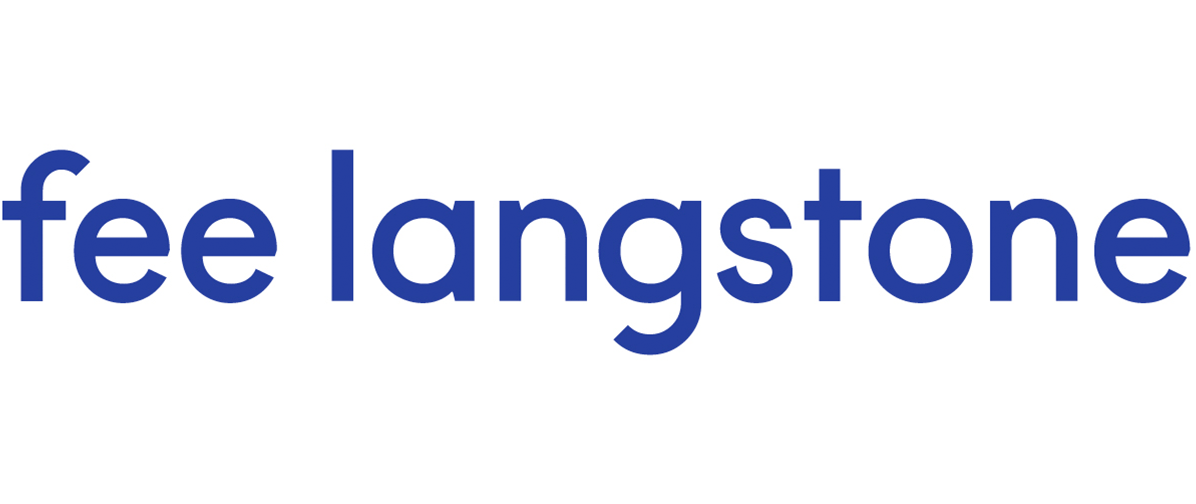Statutory Liability in Flux: RMA Reforms Redefine Coverage Boundaries
/The Resource Management (Consenting and Other System Changes) Amendment Bill passed its third reading on 14 August 2025 and will introduce a significant shift in the statutory liability landscape. While the Government’s broader RMA reform agenda targets planning and consenting efficiencies, two enforcement provisions stand out for their direct impact on insurers and insureds alike.
Fines: A Substantial Increase
The Bill increases the maximum penalties for environmental offending under the RMA:
Individuals: Up from NZD 300,000 to NZD 1 million.
Companies and other entities: Up from NZD 600,000 to NZD 10 million
These new penalty thresholds will take effect from today and will apply to all sentencing decisions made hereafter. However, charges laid before the Royal Assent will be prosecuted under the previous penalty regime.
Insurance Prohibition: A Hard Line Drawn
The Amendment Bill introduces a statutory prohibition on insurance or indemnity arrangements that cover fines or infringement fees under the RMA. This applies to both the provision and procurement of such cover.
Effective Date: The prohibition applies to any fine imposed after Royal Assent, regardless of when the offence occurred.
Implication: Even if a charge was laid before Royal Assent, if the fine is imposed after that date, it is uninsurable. Any policy clause purporting to indemnify such fines will be unenforceable.
This change is not retrospective to indemnities already paid or claims settled before Royal Assent.
New Offence: Insuring Fines Becomes Criminal
In a further step, the Bill creates a new offence for insuring or offering insurance for RMA fines:
Penalty: Up to NZD 50,000 for individuals and NZD 250,000 for companies; and
Commencement: This offence provision will come into force two years after Royal Assent, allowing insurers time to amend policies and ensure compliance.
This transitional period is critical. Insurers must act now to:
Audit existing statutory liability policies;
Remove indemnity clauses for RMA fines; and
Communicate clearly with brokers and insureds about the new limitations.
Conclusion: A New Compliance Paradigm
The RMA reforms mark a decisive move toward stricter enforcement and personal accountability. For statutory liability insurers, the message is clear: fines are no longer a shared risk. As the regulatory framework evolves, so too must the insurance products that support it.










